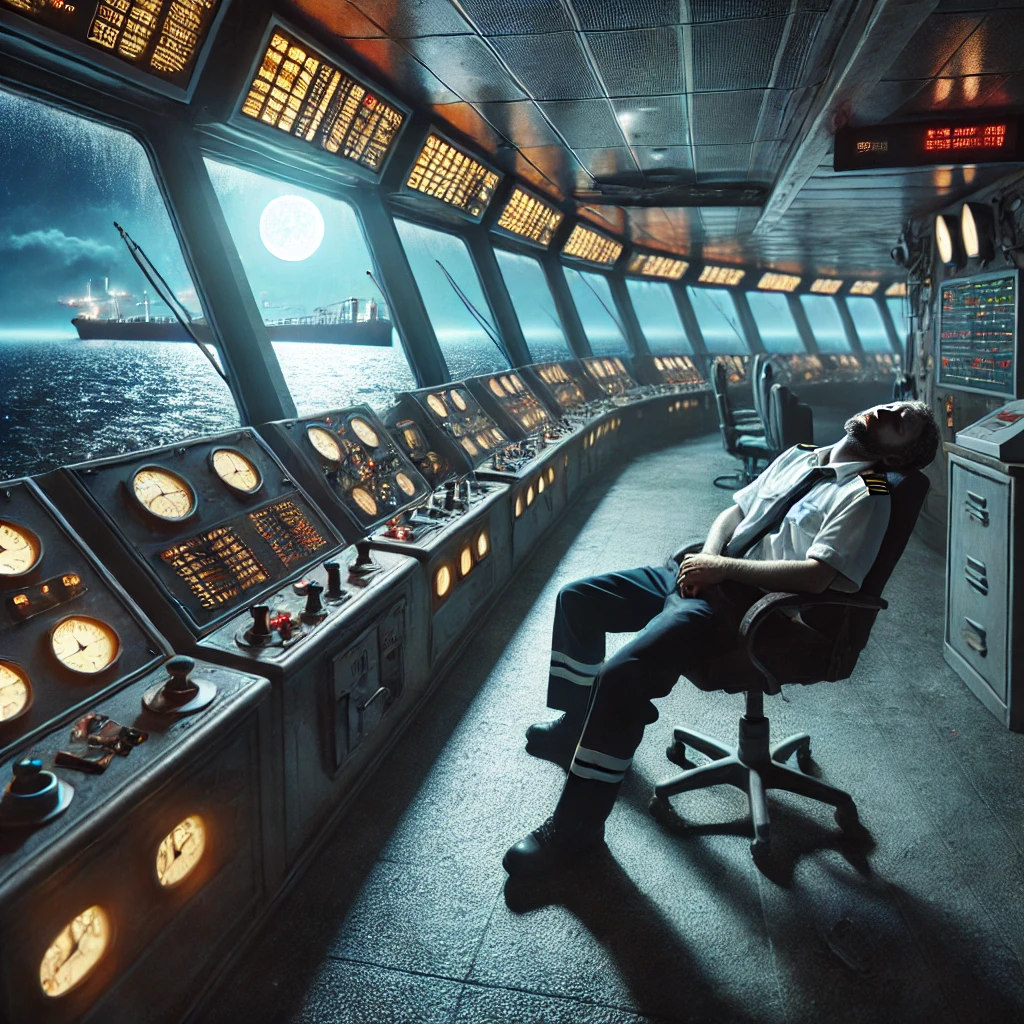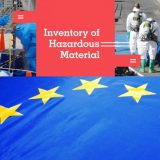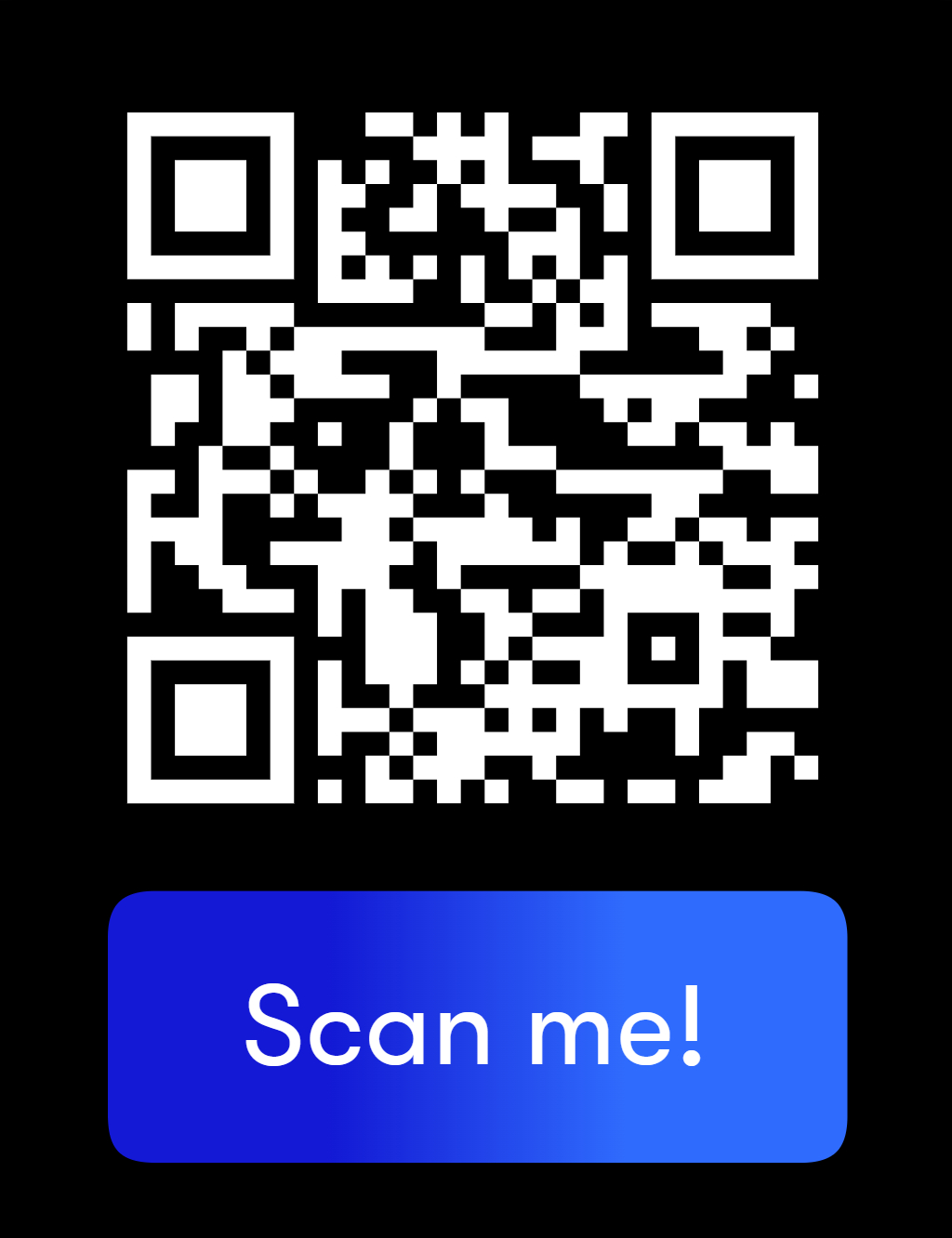The new notation is applicable to both newbuildings and ships in operation. Ship owners can decide on the set of qualifiers that are best suited to their specific safety objectives and can then choose the most efficient measures and technologies to reach those objectives.
The complete rule publication includes technical updates for both hull, materials, machinery and system related topics and offers four new class notations and also more class notations being upgraded to align with new technology and industry needs.
A more detailed presentation of the 2020 edition of the DNV GL rules for classification of ships follows below:
DNV GL rules for classification of ships – July 2020 edition
The 2020 July edition of DNV GL rules for Ships classification of ships is now available on our Rules and Standards page.
1. General information
New and amended rules were formally approved on June 19th 2020 by Group CEO Remi Eriksen and are included in the July 2020 edition of the rules.
The changes to the rules may be categorized as:
- 1. New and revised class notations
- 2. Implementation of external requirements (IACS unified requirements and relevant IMO codes)
- 3. General updates and corrections
The entry into force date for these rules is 1st of January 2021, with the exception of two specific topics which are identified in the details below. The rules may, however, be applied to projects contracted before this date upon agreement between parties.
For more information on the changes, please contact your local DNV GL office. You can also find more details under “current – changes” in the separate documents.
2. Main changes
Below is given a general overview of the more important changes in the DNV GL rules for classification of ships.
2.1 New class notations
Additional class notations
| Class notation |
Rule reference DNVGL-RU-SHIP |
• HDS
Higher ductility steels |
Pt. 6 Ch. 1 Sec. 14 |
• OILREC FP>60o
Recovered oil reception and transportation |
Pt. 6 Ch. 5 Sec. 11 |
• FCS
Additional fire safety for container vessels |
Pt. 6 Ch. 5 Sec. 23 |
2.2 Revised class notations
| Class notation |
Rule reference DNVGL-RU-SHIP |
| • Container ships |
Pt. 5 Ch. 2 Sec. 1/9/14 |
| • Non self-propelled units |
Pt. 5 Ch. 11 Sec. 7 |
Additional class notations
| Class notation |
Rule reference DNVGL-RU-SHIP |
| • Structural strength and integrity |
Pt. 6 Ch.1 Sec. 1/9/14 |
| • Electrical energy storage |
Pt .6 Ch.-2 Sec.-1 |
• Offshore loading arrangements
Bow loading |
Pt .6 Ch.-4 Sec.-1 |
| • Cold climate |
Pt. 6 Ch.-6 |
• Survey arrangement
Boiler Monitoring |
Pt.6 Ch. 9 Sec. 6 |
2.3 Changes to material related topics (Rules Pt. 2)
a. General requirements for materials and fabrication (Pt. 2 Ch. 1)
- i. Added compliance document requirements for additive manufacturing feedstock and finished parts.
b. Metallic materials (Pt. 2 Ch. 2)
- i. Added new grades of steel – (BCA grades and higher ductility steels.
c. Fabrication and testing (Pt. 2 Ch. 4)
- i. Included requirements for qualification of NDT suppliers in line with IACS UR W35.
- ii. Included acceptance of permanent underwater wet-welding and repairs.
2.4 Changes to hull related topics (Rules Pt.3 and Pt.5)
a) Cold form steel (Pt. 3 Ch. 3)
- Included requirements addressing cold forming of extra high tensile steel.
a. Curved flanges (Pt. 3 Ch. 3)
- Introducing the IACS CSR formula for assessment of effective flange of curved face plate.
b. Composite materials (Pt. 3 Ch. 3)
- • Introducing the possibility for use of composite materials
c. Loads / Beam sea pressure (Pt. 3 Ch. 4 and Pt. 5 Ch. 2 Sec. 6) (Change entering into force as of July 1st 2020)
- • The wave loads have been recalculated by studying the effect of removing the steep waves. The assessment has concluded with a possible reduction of the BSP load case for ship types and sizes were partial ship finite element models are normally carried out.
d. Hull local scantling (Pt. 3 Ch. 6)
- • For the yield capacity of slender (weight optimized) stiffeners with high utilization in both yield and shear, a factor depending on the actual nominal stress level is included in the stiffener web thickness criteria. This adds a safety margin to the structural failure mode “web buckling# ” at end span of laterally loaded stiffeners.
e. Special requirements / Bow impact (Pt. 3 Ch. 10)
- The rules covering bow impact are modified following operational experience by adding requirements for direct analysis of loads and/or capacity for ships with high flare or unusal structural arrangement in the bow region.
f. Opening and closing appliances (Pt. 3 Ch. 12)
- • Required minimum thickness for side and stern doors of ship above 170 m may be reduced provided local strength requirments are complied with.
g. Container ship – Hull local scantlings (Pt. 5 Ch. 2 Sec. 5) (Change entering into force as of July 1st 2020)
- • The load set WB-3 for tank testing and accidental overfilling of ballast tanks, has been modified and may open for reduction of section modulus for stiffeners.
2.5 Changes to system related topics (Pt. 4)
There is a limited number of changes for the systems part of the rules this year. Below we have listed one of the more important:
a. Control and monitoring systems (Pt. 4 Ch. 9)
- • For control systems beyond the traditional scope of the rules, e.g. safety management, decision support, operational support fuel optimization, requirements are added to address integration with ship main functions and systems.
3. Class notations commented
Below is a summary of all new class notations and excerpt of changes to some of the revised notations.
3.1 New class notations
| Class notation |
Rule reference DNVGL-RU-SHIP |
HDS
Higher ductility steels |
Pt .6 Ch. 1 Sec. 14 |
OILREC FP>60o
Recovered oil reception and transportation |
Pt .6 Ch. 5 Sec. 11 |
FCS
Additional fire safety for container vessels |
Pt. 6 Ch. 5 Sec. 23 |
DAT-B
Design ambient temperature |
Pt .6 Ch. 6 Sec. 5 |
b) HDS (Higher ductility steels)
- • The class notation introduces the use of higher ductility steels covering the cargo hold region to add an increased level of safety related to collision behavior.
c) OILREC FP>60o (Recovered oil reception and transportation)
- • Introducing a class notation reflecting a vessel’s capability to recover oils with flashpoint above 60o; e.g. diesel and HFO.
d) FCS (Additional fire safety for container vessels)
- • Introducing a modular class notation for container vessels with the intention to mitigate fire risks and improve detection and fire fighting capabilities.
- • The notation offers more notation qualifiers to cover different measures implemented onboard.
e) DAT-B (Design ambient temperature)
- • Introducing new class notation covering material requirements for vessel to operate in cold air temperatures outside polar waters
3.2 Revised class notations
Ship type notations
a) Container ship (Pt. 5 Ch. 2 Sec. 6)
- • Introduced requirements for prismatic fuel gas tank finite element analysis in order to support reduced design time.
b) Pontoon (Non self-propelled units) (Pt. 5 Ch. 11 Sec. 7)
- • New qualifier for pontoons
- • Introducing qualifier, B, (B) for unmanned vessels of a simple box shape with no machinery nor electrical installations.
Additional notations:
a) GRAB Grab (Pt. 6 Ch. 1 Sec. 1)
- • The notation is market adapted in relation to grab weights and vertical extent of grap reinforcements.
b) Coat-PSPC (Pt. 6 Ch. 1 Sec. 9)
- • Implemented a new qualifier CA covering the use of COT steel as an alternative to protective coating.
c) Battery (Pt. 6 Ch. 2 Sec. 1)
- • Revised rules for electrical energy storage installations following incidents.
- • Adjusted requirements for arrangement of spaces, including ventilation and fire safety.
- • Updated requirements for protection of the electrical arrangement of battery systems (thermal incidents).
- • Adjusted requirements for calculation and supervision of electrical energy storage capacities.
d) Bow loading (Pt.. 6 Ch. 4 Sec. 1)
- • Introducing requirement to rupture disc arrangement in bow loading line to limit consequences of unintentional rapid closing of valves.
- • Including requirement to remotely operated valves with position indication connected to telemetry systems.
e) Operations in cold climate (Pt. 6 Ch. 6)
- • POLAR – Aligned the interpretations of the IMO polar code with interim guideline MSC.1 /Circ.1614 on life saving appliances and arrangements.
- • DAT – Introducing class notation DAT-B covering material requirements for vessels to operate in cold air temperatures outside polar waters.
- • DAV – The class notation is further developed to include the qualifier, Icebreaker, for vessels meeting ice with stern first.
f) Survey arrangement (Pt. 6 Ch. 9 Sec. 6)
- • BMON – introducing a new qualifier, (+,) for vessels having an automated monitoring and treatment system for boiler feedwater on board.
4. Information on coming rule editions
GL publishes main rule editions annually. The next main rule edition will be published in July 2021.
There is already planned amendments to the rules in October 2020 and January 2021. Additional amendments may be carried out, and all amendments will be specifically marked in the rules table of contents found here .
Source: dnvgl

-1st-Class-Will-BennettReleased.JPG)






